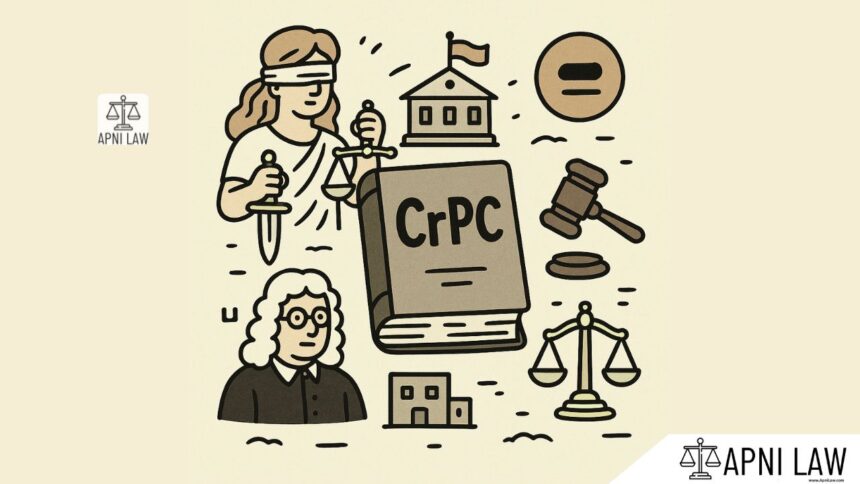Code:
(1) If the person against whom an order under section 133 is made appears and shows cause against the order, the Magistrate shall take evidence in the matter as in a summons-case.
(2) If the Magistrate is satisfied that the order, either as originally made or subject to such modification as he considers necessary, is reasonable and proper, the order shall be made absolute without modification or, as the case may be, with such modification.
(3) If the Magistrate is not so satisfied, no further proceedings shall be taken in the case.
Explanation:
When a person is arrested or apprehended for an offense, the Magistrate must first ascertain if there is sufficient cause to proceed against them. Section 138 outlines the steps the Magistrate must follow to make this determination:
- Information Received: The Magistrate receives information regarding the alleged offense. This could be a police report, a complaint from a victim, or other credible information.
- Summoning the Accused: The Magistrate summons the accused person to appear before them.
- Hearing the Accused: The Magistrate hears the accused’s explanation and any evidence they may present.
- Recording the Proceedings: The Magistrate records the proceedings of the hearing, including the accused’s explanation and any evidence presented.
- Decision to Proceed: Based on the information received and the accused’s explanation, the Magistrate decides whether there is sufficient cause to proceed with the case.
- Issuing Warrants: If the Magistrate finds sufficient cause, they may issue warrants for the arrest of the accused or order them to furnish bail.
- Discharge: If the Magistrate finds no sufficient cause, they discharge the accused.
Illustration:
Imagine someone is accused of theft. The police arrest them and bring them before a Magistrate. The Magistrate, under Section 138, will hear the accused’s explanation, examine any evidence presented by the accused or the police, and then decide whether there is sufficient cause to proceed with the case. If the Magistrate finds sufficient cause, they may issue warrants for the accused’s arrest or order them to furnish bail. If the Magistrate finds no sufficient cause, they will discharge the accused.
Common Questions and Answers:
Q: What is the purpose of Section 138?
A: Section 138 ensures that no person is subjected to unnecessary detention or prosecution without a proper examination of the facts and evidence.
Q: Who can invoke Section 138?
A: This section is invoked by the Magistrate, who is responsible for ensuring fair and just legal proceedings.
Q: What happens if the accused doesn’t appear before the Magistrate?
A: The Magistrate may issue a warrant for the accused’s arrest.
Q: Can the accused appeal the Magistrate’s decision?
A: Yes, the accused can appeal the Magistrate’s decision to a higher court.








